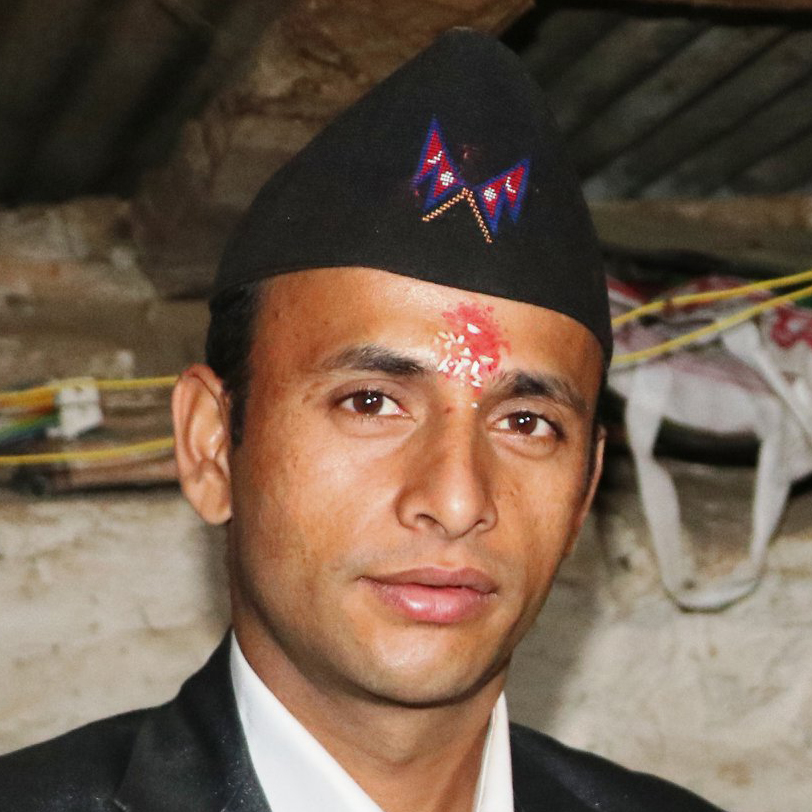Sudurpaschim Province
One-third of Darchula’s population is without electricity
The district produces 46MW of electricity, but over 70 percent of its population are compelled to live in the dark._0403688ka-by-Manoj-Badu.jpg&w=900&height=601)
Manoj Badu
More than 70 percent of the households in Darchula do not have electricity access even though the district has several hydropower plants with a combined capacity of generating 46MW electricity.
Api Himal and Naugad are among many places in Darchula where the national transmission lines have not reached the local community.
“Electricity projects in the district have been increasing their capacities, but many households are still living in the dark,” said Bikram Singh Dhami, a resident of Naugad. Dhami’s own village has a micro hydropower project that contributes 8MW electricity to the national transmission line. However, the village itself has so far been deprived of electricity.
“It’s only recently that the local government is preparing to erect electricity poles in our village. I don’t understand what took them so long,” Dhami said.
According to the Darchula Distribution Centre of the Nepal Electricity Authority, there are only 8,600 electricity customers in the district. The district has around 26,000 households. Dayaram Shah, chief of the centre, said that only about one-third of the district’s population currently had electricity access.
The situation, however, is going to improve as the government is planning to carry out a major electrification campaign, Shah added.
“The government has set the goal of connecting all villages with electricity within the next three years.”
The project, which is estimated to cost Rs 480 million, started last year, but progress has been slow.
“While electricity poles have been erected in several places, there’s a lot to be done to connect them with the national grid,” Shah said.
Despite the rural electrification project, about 15 percent of the households in Darchula may not get electricity at all.
“Due to their remoteness and rough terrain, the electrification project may not reach around 3,000 households,” Shah said.




 12.12°C Kathmandu
12.12°C Kathmandu










%20(1).jpg&w=300&height=200)

